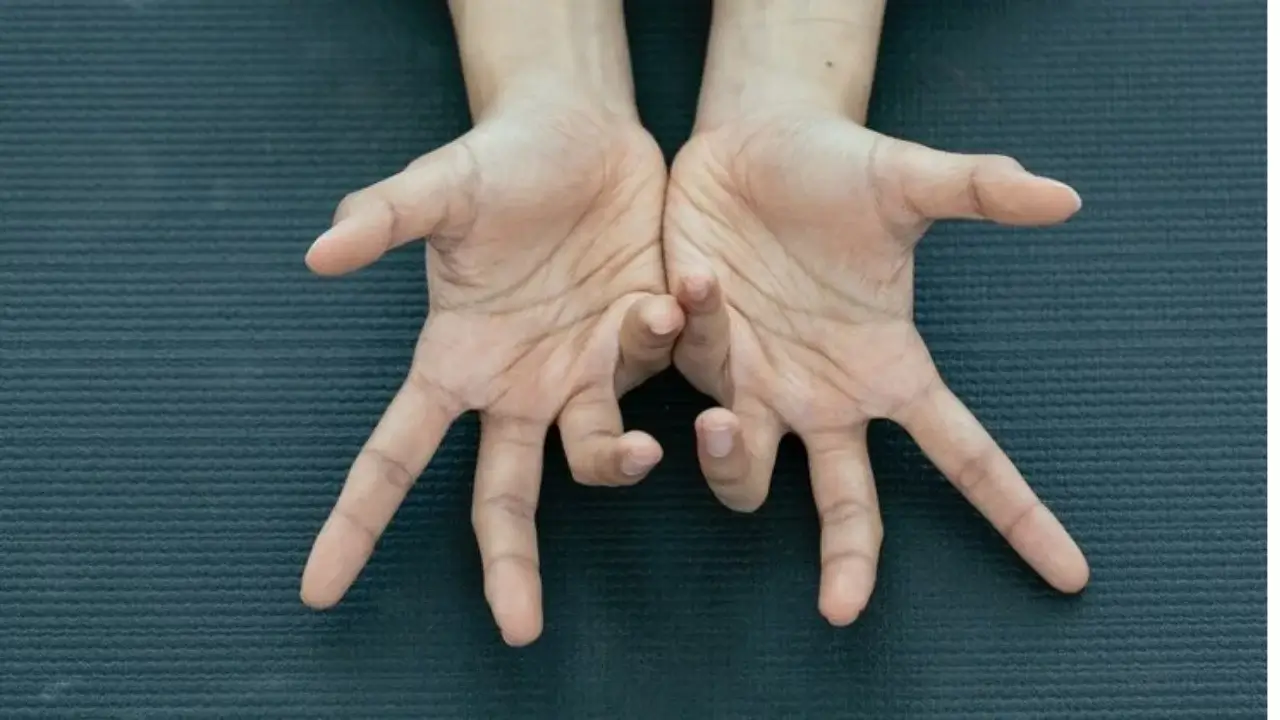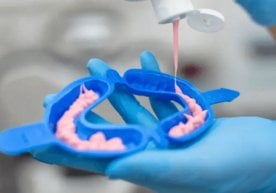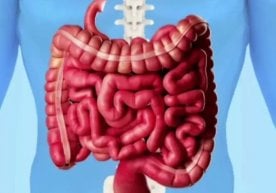
Dystonia is a neurological condition characterized by involuntary, uncontrolled muscle contractions, which can occur in various parts of the body and may be painless or painful. It often makes movement difficult and forces a person into awkward or abnormal postures.
Experts say the causes of dystonia are diverse. It may develop due to injuries, genetic factors, changes in the central nervous system, or as a side effect of certain medications. In some cases, dystonia appears after other illnesses such as Parkinson’s disease or stroke.
Symptoms include muscle stiffness, involuntary twisting, and discomfort or pain during movement. Sometimes dystonia affects only one part of the body (such as the neck or hand), while in other cases it can involve the whole body.
Treatment is complex and may include medications, botulinum toxin injections, physiotherapy, special exercises, and, in severe cases, neurosurgery. An important point — early diagnosis can greatly reduce symptoms or keep them under control.
Doctors emphasize that maintaining overall health, reducing stress, and performing regular rehabilitation exercises can help slow the progression of the condition.
Read “Zamin” on Telegram!Users of Меҳмон are not allowed to comment this publication.













